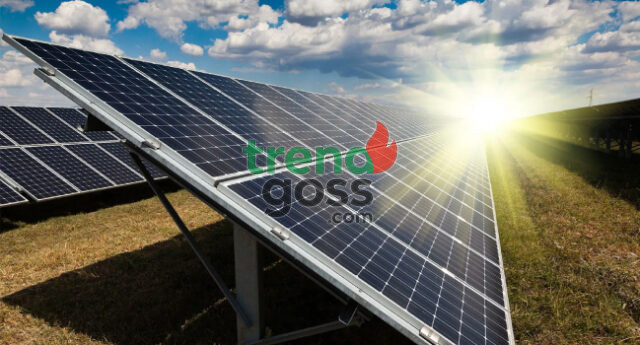Global renewable energy growth is slowing down and will fall short of the target to triple output by 2030, the International Energy Agency (IEA) has warned.
In its latest report released on Tuesday, the Paris-based energy body revealed that policy and regulatory changes in the United States and China are dampening the momentum of renewable energy expansion worldwide.
Only two years ago, global leaders agreed to triple renewable energy production as part of a collective effort to curb global warming and achieve net-zero emissions. However, the IEA said current projections show the world will “fall short” of that commitment.
Last year, the agency forecast that the world could add up to 5,500 gigawatts (GW) of renewable power capacity by 2030 — enough to almost meet the target. But that estimate has now been revised downward to 4,600 GW, equivalent to just 2.6 times the 2022 level.
According to the IEA, the reduction stems from new policy, regulatory, and market changes since October 2024.
The report specifically points to the United States, where the administration of President Donald Trump has begun a premature phase-out of renewable energy tax credits while tightening regulations on renewable projects. This, the agency said, has slashed the U.S. renewable forecast by nearly 50 percent.
In China, the world’s largest renewable energy market, the government’s shift from fixed tariffs to auction-based systems has disrupted profitability and slowed project approvals. Despite this, the IEA noted that China still accounts for the bulk of global renewable growth and remains on track to meet its 2035 wind and solar targets by 2030.
The agency emphasized that without renewed political will and consistent policy frameworks, the world risks missing a crucial milestone in the fight against climate change.






